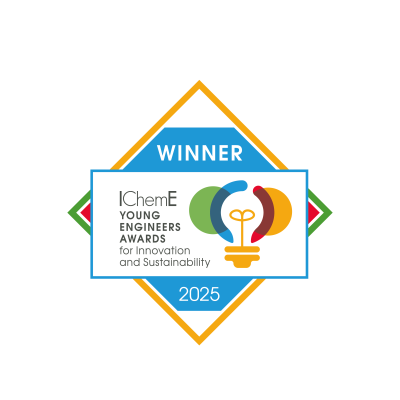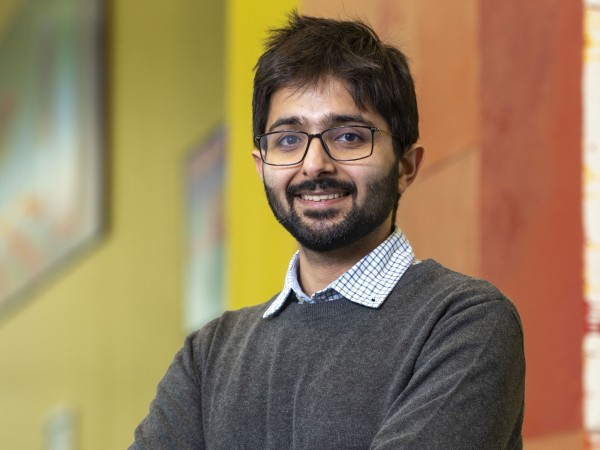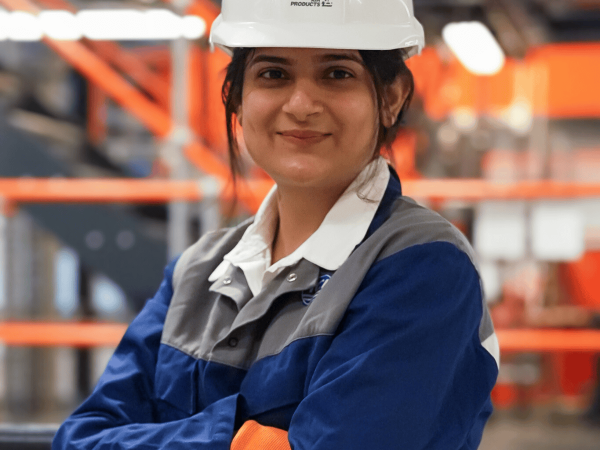
Shuya H.
"I am passionate about process safety and domino‐effect mitigation because at its core this research directly protects lives, communities, and the environment."
Research project
This research develops a budget‐constrained optimisation framework to mitigate domino effects in chemical storage facilities. Domino effects occur when a fire or explosion in one tank triggers failures in neighbouring tanks, leading to cascading accidents. I have formulated a mixed‐integer nonlinear programming model that co‐optimizes the placement of safety barriers (e.g., firewalls, spacing adjustments) and the allocation of emergency response resources (e.g., firefighting crew deployment) under a fixed budget. By integrating thermal‐radiation‐based failure probabilities with response‐time constraints, the model seeks to minimize the overall probability of escalation while maximizing the time until failure for each tank. Case studies demonstrate that a joint allocation of safety barriers and emergency response resources can reduce domino‐propagation probability by over 50% compared to sequential investment strategies when budgets are tight. The outcome is a decision‐support tool and investment guidelines that enable facility planners to allocate limited resources in a way that maximizes risk reduction.
Why did you choose to study at Surrey for your PhD?
I chose the University of Surrey for several reasons. First, Surrey is consistently ranked among the world’s top institutions in multiple engineering and technology fields. The university fosters academic freedom, independent thinking, and interdisciplinary collaboration, and it boasts several subjects ranked in the global top 100 by QS, providing a robust scholarly foundation.
Building on these strengths, Surrey has established practice-oriented, cross-disciplinary research platforms that integrate computational modelling, artificial intelligence, and experimental methods to tackle complex engineering challenges and enhance system performance and efficiency. This hands-on, interdisciplinary approach deeply resonates with me and has shaped my understanding of research’s real-world impact.
The Faculty of Engineering and Physical Sciences (FEPS) maintains longstanding partnerships with several Chinese universities—including the institution where I completed my master’s degree—Surrey is well known in my field back home. My prospective PhD supervisory team at Surrey also has an excellent reputation both internationally and within industry.
During my master’s studies, I had the opportunity to engage in a UK–China collaborative project with Surrey. Experiencing the department’s rigorous research philosophy and supportive, multicultural atmosphere first-hand convinced me that Surrey was the ideal place for my doctoral work.
I feel fortunate to be part of Surrey’s research community, where I benefit from expert supervision and a highly international, open collaborative environment.
Why are you passionate about your area of research?
I am passionate about process safety and domino‐effect mitigation because at its core this research directly protects lives, communities, and the environment. Chemical storage facilities are ubiquitous in industry, often located near towns, schools, or sensitive ecosystems. A single fire or explosion can cascade—through thermal radiation, overpressure, or toxic release—across adjacent tanks, triggering catastrophic chain reactions.
The real‐world stakes could not be higher: loss of human life, long‐lasting environmental damage, and severe economic disruption. Knowing that my work can help prevent these worst‐case scenarios gives me a profound sense of purpose every day.
Have you had opportunities to collaborate with others during your PhD?
Yes, I meet regularly with my supervisors, Dr Oleksiy Klymenko and Prof Tao Chen, to tackle technical challenges and refine my models.
FEPS faculty hosts a weekly seminar series and periodic mini conferences, giving me direct access to domain experts for feedback and partnership.
Through Oleksiy’s introduction, I joined the D-Xpert project with DIREK LTD and several UK universities to develop an AI-based recommender system for smart energy saving—learning how to integrate machine-learning into practical decision-support tools under real-world constraints.
I’m currently on a two-month exchange at the University of Bologna, funded by The Turing Scheme, where I’m working with Professor Valerio Cozzani—one of the world’s leading domino-accident experts—on joint research into dynamic domino risk assessment and mitigation.
These collaborations have sharpened my research, broadened my skill set, and connected me with a global community committed to advancing process-safety solutions.
What support have you had?
I’ve benefited from a broad network of support throughout my PhD:
My Supervisors - Oleksiy Klymenko and Tao Chen provide incisive academic guidance—helping me debug complex models, refine my hypotheses, and frame my publications. Beyond research, they’ve also offered practical life-advice, whether it’s navigating grant applications, work–life balance, or local logistics as an international student.
The Doctoral College's induction and cohort-building events helped me connect with peers across disciplines. Their dedicated PhD community ensures I never feel isolated and offers drop-in advice on everything from choosing examiners to understanding submission procedures.
Through Researcher Development Programme (RDP) workshops I’ve sharpened my presentation skills, learned advanced data-analysis techniques, and explored alternative career paths. Sessions on project management, public engagement, and ethics have directly fed back into my thesis work and teaching practice.
What do you plan to do once you've finished your PhD?
In parallel, I would like to pursue a short postdoctoral fellowship—ideally one that bridges academia and industry—to explore extensions of my model (for example, incorporating multi-hazard scenarios like toxic releases or integrating real-time sensor data). This fellowship would also allow me to strengthen collaborations with international experts and publish joint work that advances best practices in process safety.
One-to-one CV and application reviews, mock interviews, and employer networking events have prepared me for both academic and industry roles. Their guidance has been invaluable in translating my technical skills into clear career narratives.
The library’s subject specialists helped me source hard-to-find literature, while IT support kept my high-performance computing workflows running smoothly.
Together, these layers of support—academic, professional, technical, and personal—have been instrumental in my growth as a researcher and as an individual.

You were recently recognised by the Institution of Chemical Engineers (IChemE) as the YEAIS 2025 Process Safety Category Winner. How did it feel to receive the award?
Receiving this award was a great honor and a real encouragement. It’s gratifying to see that the work we have been doing to tackle domino effects in chemical process safety has been recognized by such a respected institution.
What does this recognition mean to you personally and professionally?
On a personal level, this recognition motivates me to continue innovating and addressing critical challenges in process safety. Professionally, it highlights the value of integrated approaches like the one I developed and strengthens my career focus on advancing co-optimization methods for managing industrial risks. This award opens opportunities for me to take on more important roles in research and industry projects, collaborate with experts, and contribute to setting higher safety standards in chemical facilities. Moving forward, I aim to build on this foundation and try my best to become a recognized expert who drives practical, cost-effective safety innovations in the field.
What do you think made your approach stand out?
What made our approach important is the development of a unified, budget-constrained optimization framework that jointly considers both safety barriers and emergency response resources of chemical parks. Unlike traditional approaches that optimize these elements separately, our method captures their interactions and synergies, enabling more effective risk reduction. This integrated co-optimization leads to better allocation of resources, particularly under tight budget limits, ensuring that investments are targeted where they bring the greatest safety benefit.
What advice would you give to someone starting out in this field?
For someone new to this field, I would say it’s important to build a solid foundation in both the technical and systemic aspects of process safety. Being open to interdisciplinary methods and focusing on practical impact will be very helpful. Also, staying curious and collaborating widely can open doors to new ideas and better solutions.

